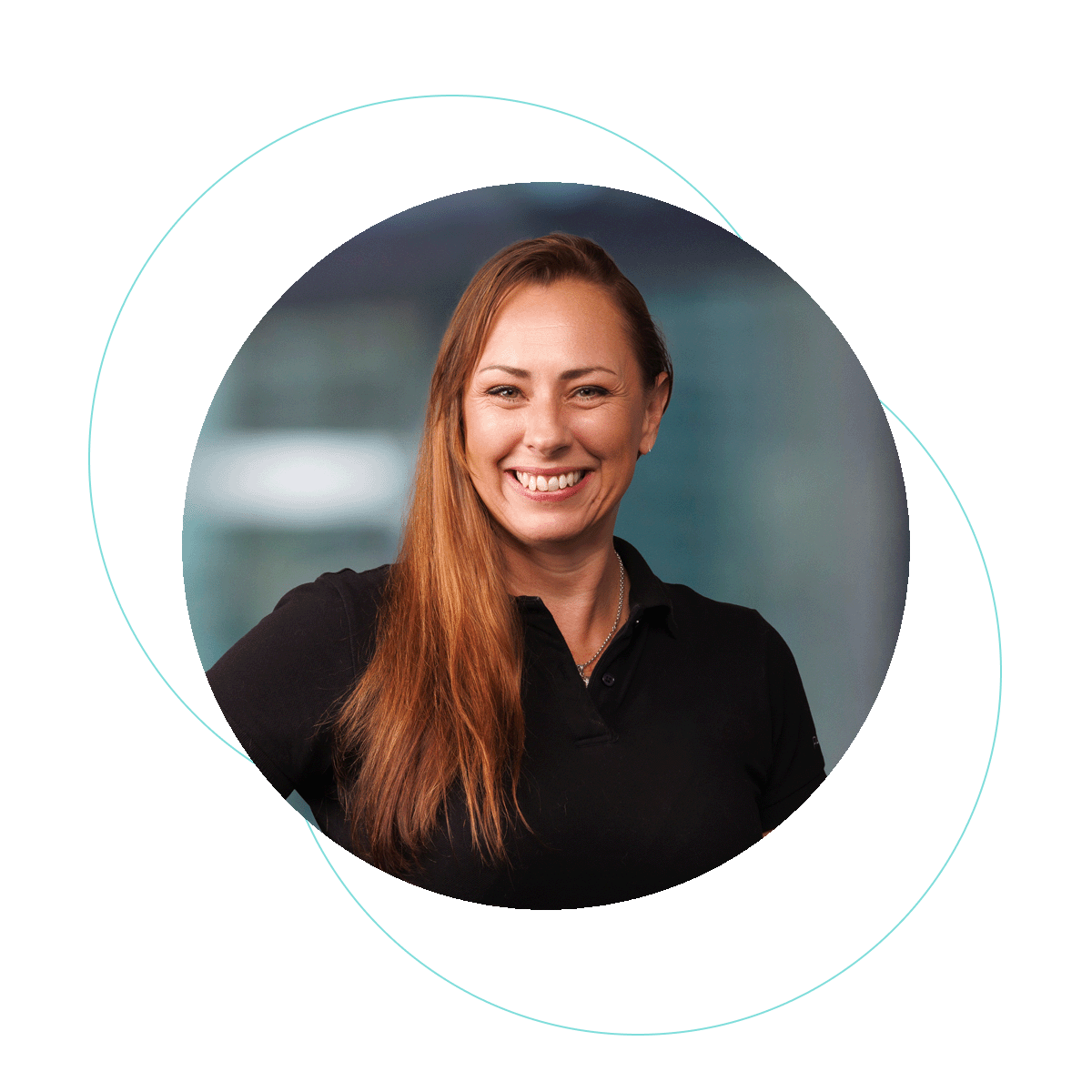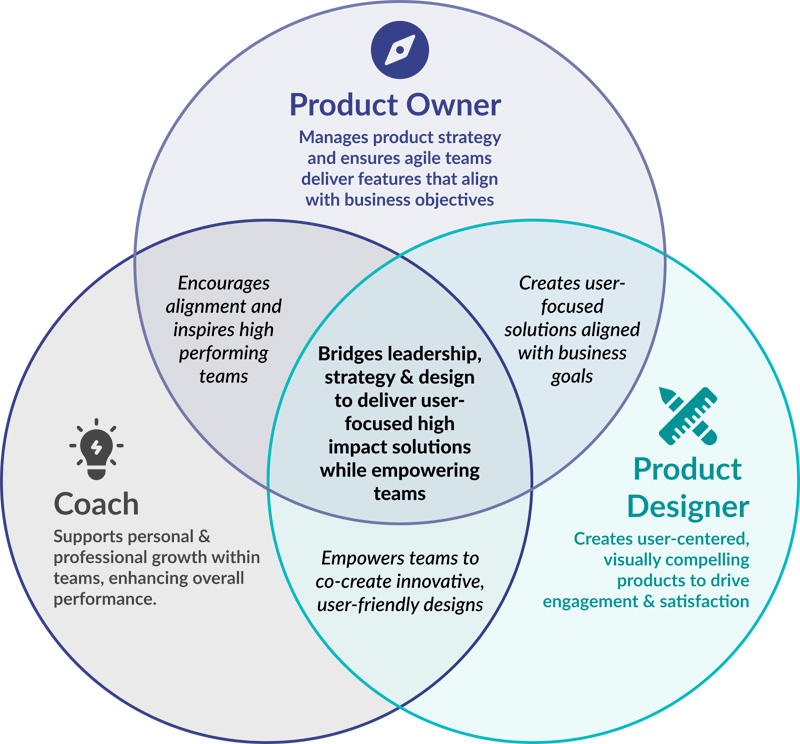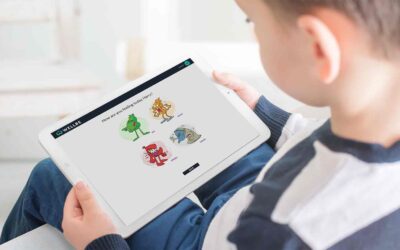
Product Owner |♦| Coach |♦| Product Designer

A Product Owner and qualified coach passionate about delivering exceptional user experiences whilst building stronger, more connected teams.

Skills
I have developed a unique set of skills that combine coaching, product ownership, and design expertise to empower teams, align vision, and create meaningful, user-focused solutions in agile environments.
Driven by curiosity and a passion for growth, I have developed a unique skill set spanning workplace coaching, product ownership, and design that allows me to bring a fresh perspective to every challenge.
As a certified Workplace Coach (Cert IV) with 10 years of experience and a Diploma in Leadership Coaching on track for 2025, I enjoy empowering individuals and teams to do the best work of their career.
Paired with my qualifications in Product Ownership (Scrum Alliance) and Agile Facilitation, as well as Diplomas in Business and IT, I offer expertise across multiple domains.
With 17 years of experience in UI/UX design, 5 years as a Product Owner, and 15 years working in agile environments, I combine strategic thinking, user-centered design, and people-focused leadership.
Whether in corporate, consulting, or startup settings, I can seamlessly adapt to align vision, inspire teams, and deliver meaningful solutions with impact.

Case Studies
A selection of past projects that bridge strategy and execution, resolve complex challenges, and deliver user-focused solutions, demonstrating the alignment of business goals with user needs and measurable outcomes.
Holistic Student Care
Empowering schools with tools that simplify administrative tasks, promote holistic student care, and foster a culture of collaboration amongst educators.
Wellbeing Web App
An intuitive digital solution empowering primary schools to enhance student well-being, fostering resilience, mental health, and improved academic outcomes.
EduTech Startup
Delivered EduTech products enhancing student wellbeing and learning, while aligning stakeholders, optimising processes, and driving impactful results in a fast-paced startup.
My Guiding Principles
As a Product Owner with a strong background in UX Design and leadership coaching, I like to integrate my UX and leadership expertise into product ownership to create successful and user friendly products.
Vision with Purpose
I articulate and communicate a compelling product vision that aligns with user needs, business goals, and team efforts, ensuring everyone moves in the same direction.
Data Driven Decisions
I leverage user research, analytics, and feedback to prioritise effectively, validate solutions, and continuously improve the product through iteration.
Strategy Execution
I connect business objectives with actionable plans, guiding the team to achieve measurable outcomes while staying agile to adapt as new insights emerge.
Empowering Teams
I empower teams through coaching, collaboration, and trust, encouraging autonomy, ownership, and growth to achieve exceptional results together.
Champion User Value
I champion user-centricity, ensuring decisions are grounded in solving real problems for meaningful experiences, and maximizing value for end-users.
Lead with Empathy
I build strong relationships by understanding and supporting the needs of users, stakeholders, and teams, fostering a culture of trust and respect.



